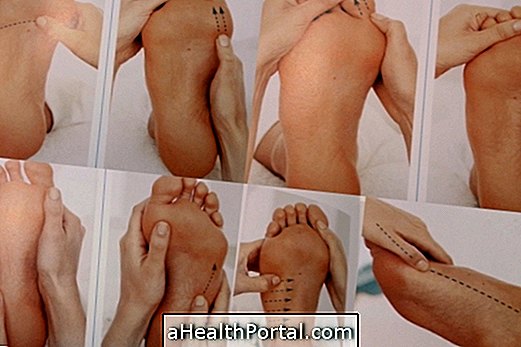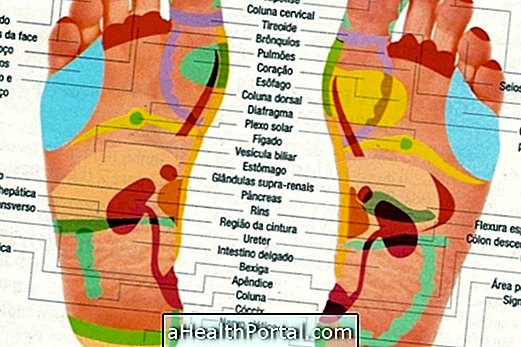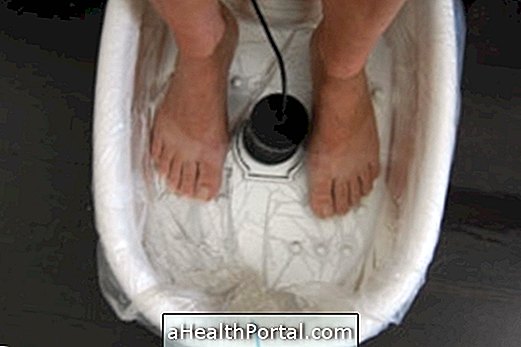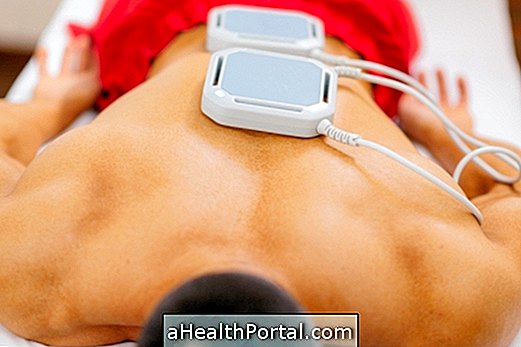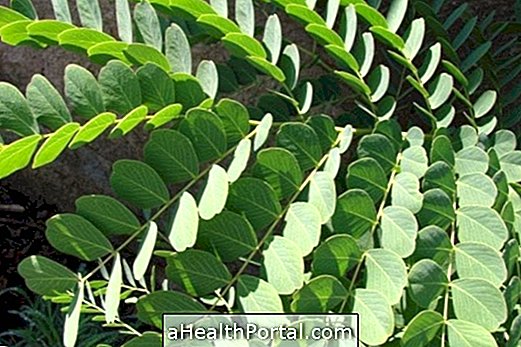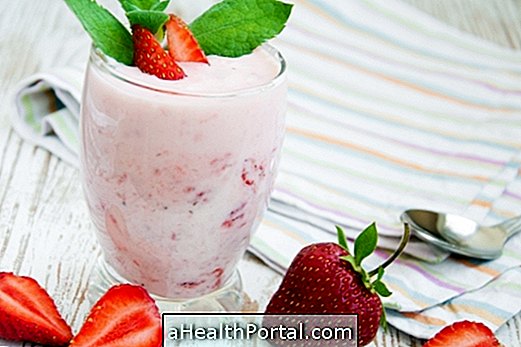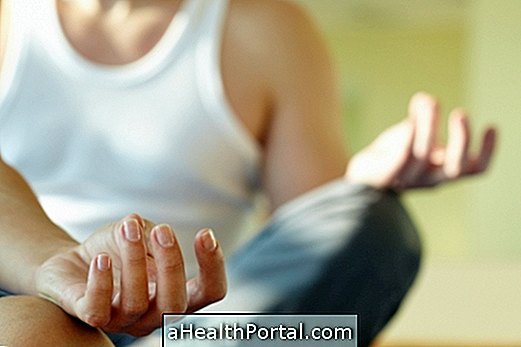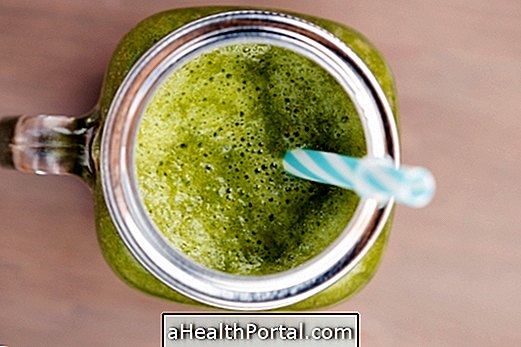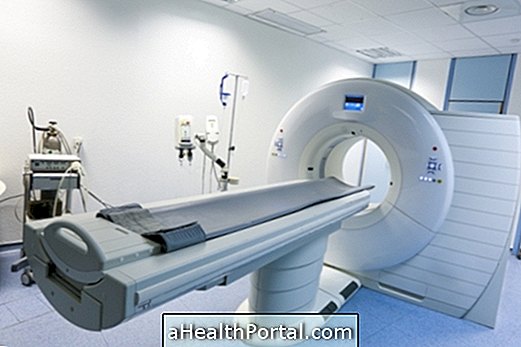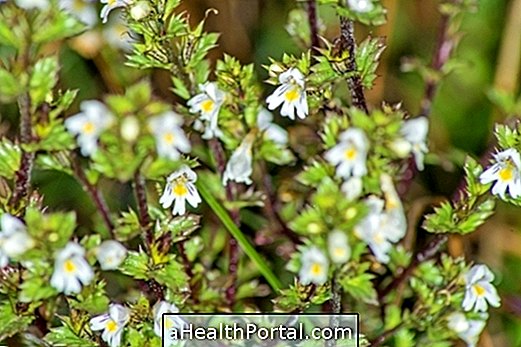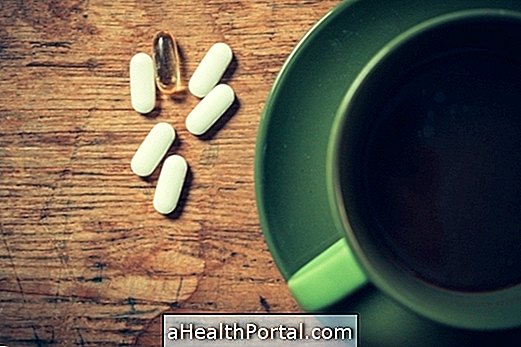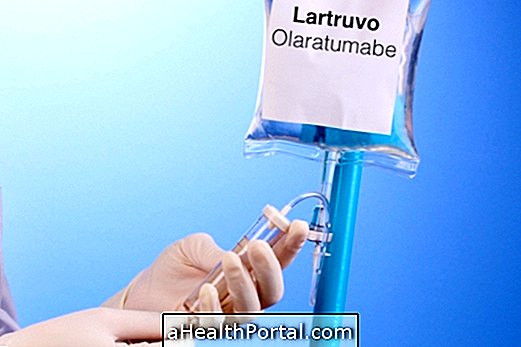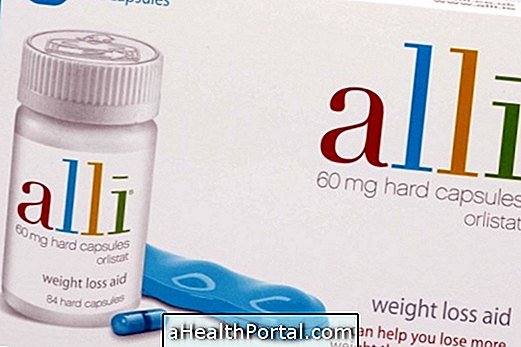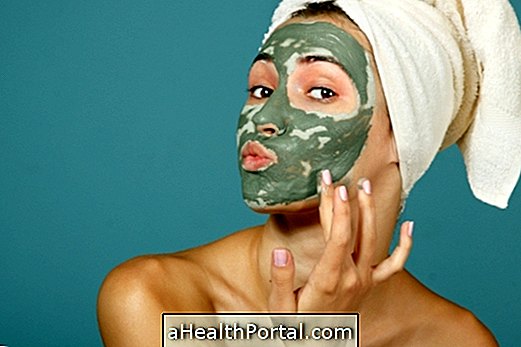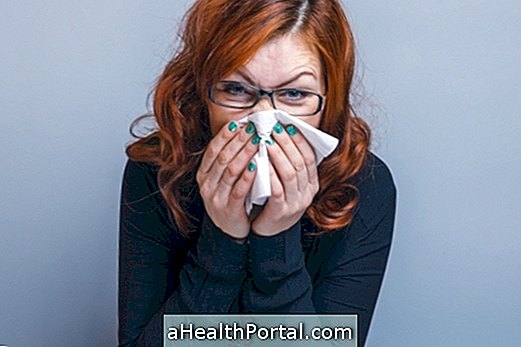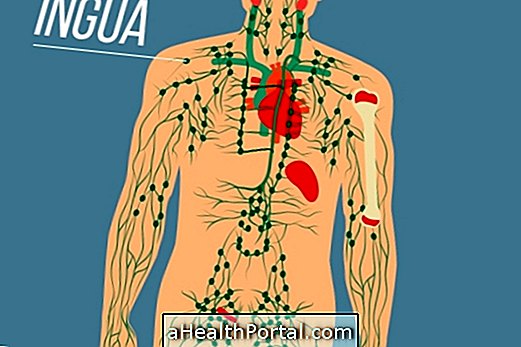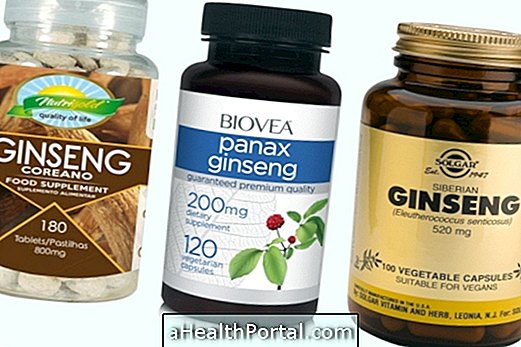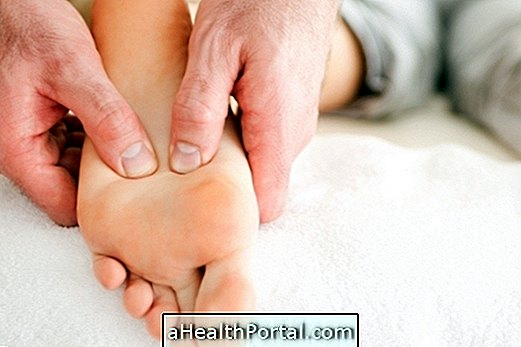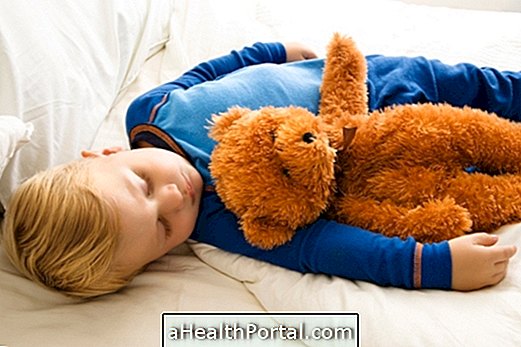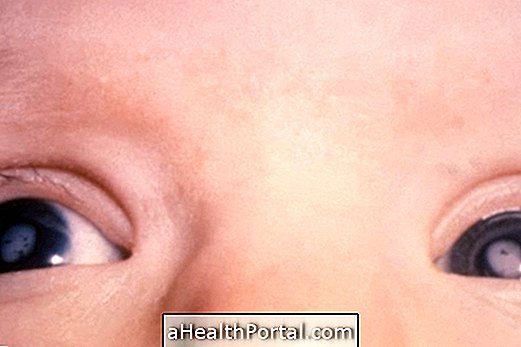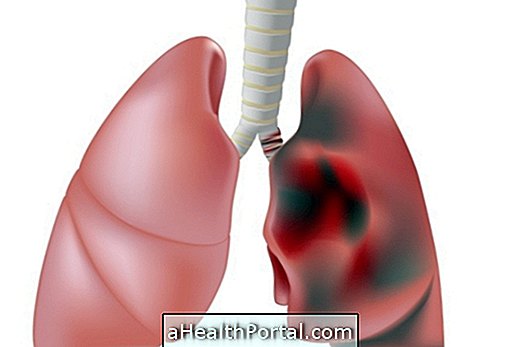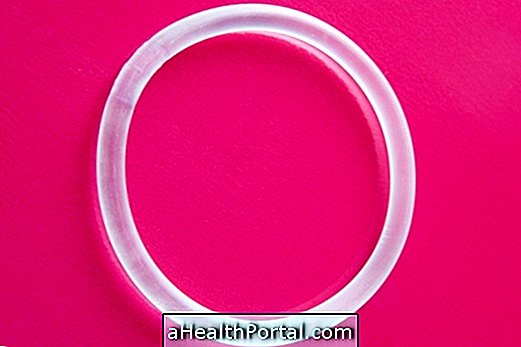Aromatherapy is a natural technique that uses the aroma released by different essential oils to stimulate different parts of the brain, and can be used to:
- Relieve the symptoms of illnesses such as anxiety, stress, insomnia, depression, asthma or cold, for example;
- Promoting well-being;
- Strengthen the body's defenses.
Although natural products are used, it is important that aromatherapy is guided by a professional. Some of the essential oils most used in aromatherapy are:
| Essential oil | What is it for |
| Rosemary | Mental tiredness, lack of memory, difficulty concentrating, headache, migraine, muscle aches and joint pains. |
| Lavender | Excessive stress, headache, colds, insomnia and respiratory problems. |
| Cinnamon | Physical or mental fatigue, dizziness, irritability, headache, lack of concentration, menstrual cramps, and difficulty in relaxing. |
| Jasmine | Decreased libido, respiratory problems, excessive stress, depression and muscle tension. |
| Bergamot | Excessive stress, depression, anxiety, skin infections, poor digestion. |
| Chamomile | Excessive stress, muscle tension, depression and inflammation of the urinary system. |
| Eucalyptus |
Respiratory problems, headache, migraine, muscle aches, fever and muscle tension. |
| Lemon | Lack of concentration, anxiety, excessive stress, lack of energy, weakened immune system, headache, poor digestion and fever. |
| Sandalwood | Chest pain, excessive stress, muscle tension, decreased libido. |
| Ilangue-ilangue | Anxiety, excessive stress, headache, nausea, high blood pressure, intestinal problems or reduced hair growth. |
These essential oils can be used separately or at the same time to relieve several problems at the same time.
See also the aromatherapy oils most indicated to treat anxiety and to lose weight.
How to use the oils
The main use of essential oils in aromatherapy is their inhalation and therefore some of the most used forms include:


1. Inhalation
Inhalation is the most complete way to get the effects and benefits of essential oils as it allows molecules to easily reach the limbic system of the brain, creating changes in the body's functioning that make it capable of healing.
To make the inhalations you should start with light inhalations and then increase the number of inhalations and the intensity, as indicated:
- Short Inhalations:
- Inhalation:
- Long Inhalations:
Ideally, certified organic essential oils should always be used to avoid inhaling pesticides and other chemicals that may end up intoxicating the body.
2. Aromatizer
In this case, 2 or 3 drops of the chosen oil are added inside an appliance with water that creates a cloud of smoke that releases the aroma throughout the room.
A more practical solution to using the flavoring agent is to place the drops in a cup with boiling water, for example, as the water evaporates, the aroma is released into the air.
3. Evaporation
Evaporation consists of applying a few drops to cotton balls, compresses or a clean cloth, allowing the oil to evaporate and releasing its aroma.
This is a great way to regulate the intensity of the aroma, because the closer it is to the cloth, the more intense the smell will be. This is also a good technique to use at work since the cotton or cloth can be placed in a bowl on the table.


4. Sprays
The spray helps to spread the scent to all the places you want, so just add a few drops of the essential oil in the spray container and fill with water. Before using the spray, shake the packaging to re-mix the oil, avoiding to spray only water into the air.
This is a great way to purify the environment of a home's room or even to use it in the bedroom of someone who is recovering from an illness, for example.
5. Vaporization
This technique should be used especially to treat respiratory or cold problems, as well as releasing the aroma directly into the respiratory system, allows the inhalation of water vapor that hydrates and relaxes the respiratory tract.
To make the vaporization, one must put boiling water in a basin and then add some drops in the water. Finally, one should breathe in the released smoke and, if possible, cover the head with a towel to concentrate the water vapor. However, vaporization should not be used in children under 7 years of age.


6. Massage
Massage is the perfect way to apply the essential oils directly to the skin in order to treat muscle aches, infections, skin problems or joint pains. To do this, simply mix a few drops of the desired essential oil in a vegetable oil, such as rice oil, sesame or coconut, for example.
Ideally, in massage oil only 1, 3 or 5 essential oils should be mixed to ensure that there is no change in the molecules and can be absorbed by the skin.
7. Baths
The baths blend the benefits of vaporization by allowing the inhalation of water vapor and aroma, and the benefits of massage, since they allow the skin to contact the oil. Thus, they can be used in almost all cases.
To make an aromatherapy bath you should fill the tub with a little warm water and then add drops of the oil until you get the desired aroma.
